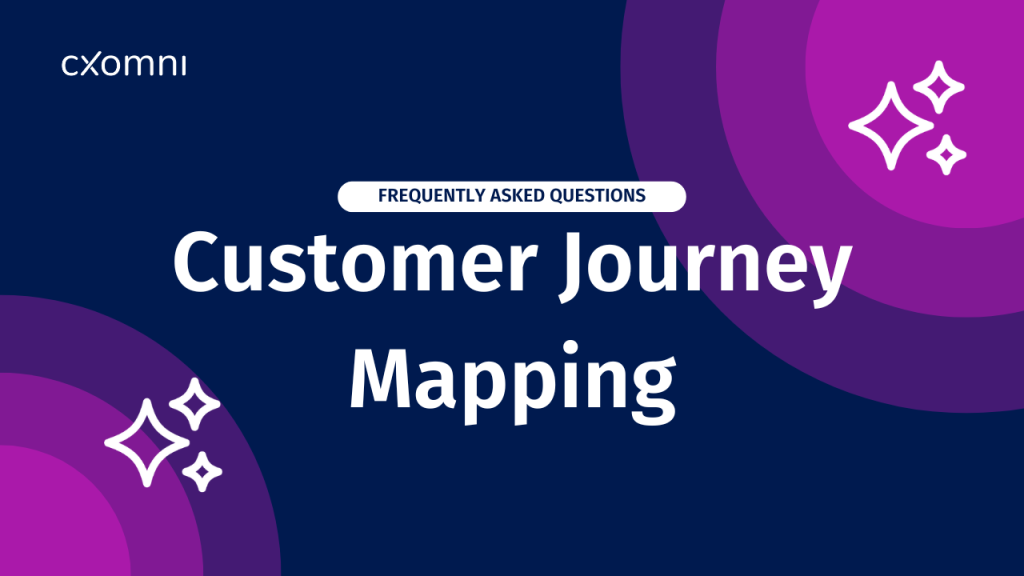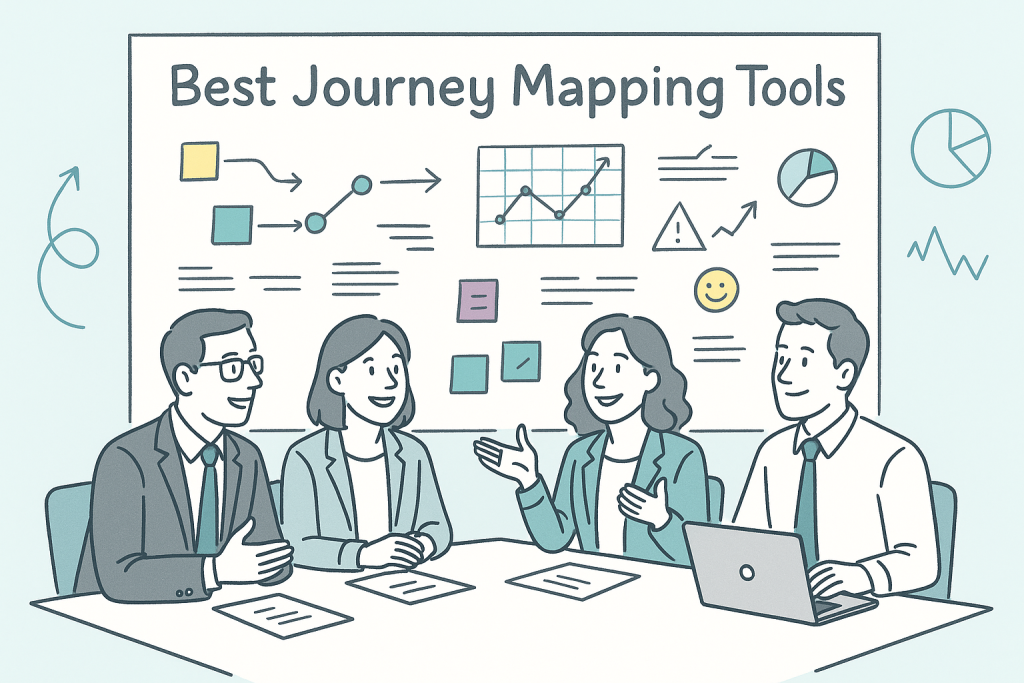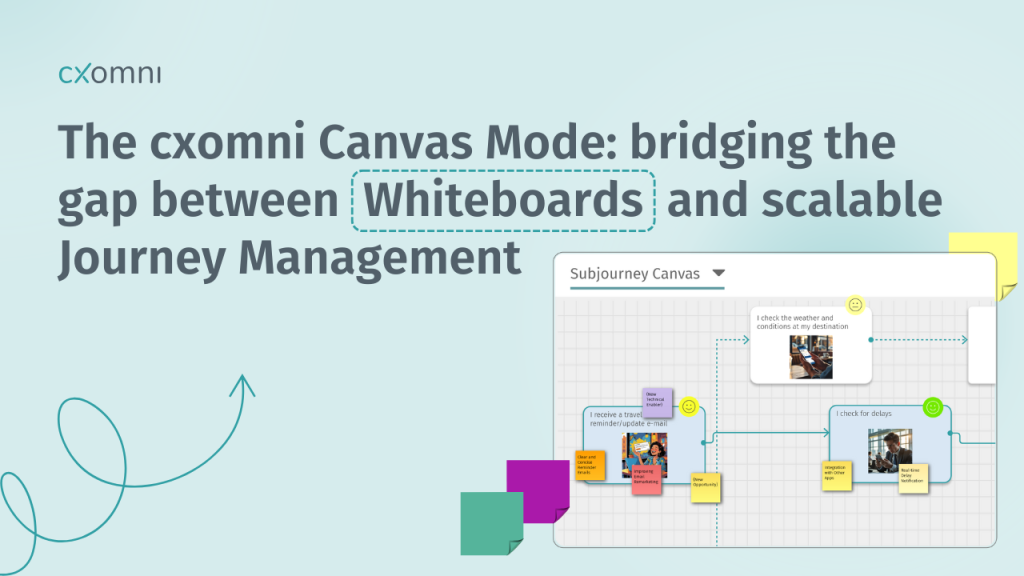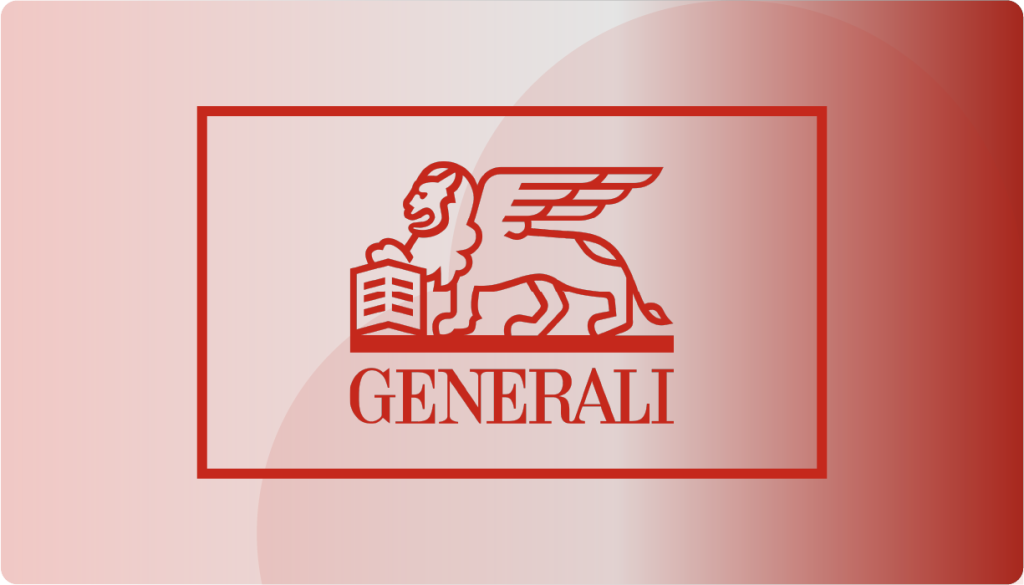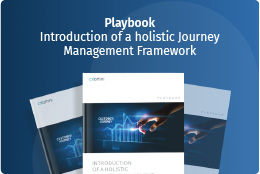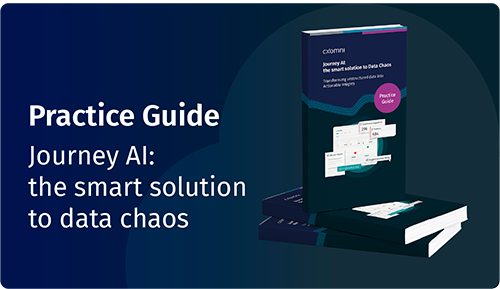There are many reasons why companies decide to implement Journey Management software.
Some reach their limits when it comes to journey mapping, in particular when the two-dimensional visualization of customer journeys is not sufficient. In that case, decision makers realize that they need to aggregate and process CX data at touchpoints and deliver actionable insights to stakeholders, if they want to improve CX holistically. Other companies have many complex customer journeys due to their international orientation, therefore a consolidation makes sense to keep the framework consistent.
Why the Suitability of a Software Tool Is Important
Both scenarios require software with a database structure to support complex and evolving customer journeys. Collecting and analyzing customer experience data in real time or aggregating complex customer journeys is a challenge. Various interactions, differing touchpoints and channels that customers use require advanced data analysis and processing technologies that only special software is able to cope. In addition, customer journeys do not take departmental boundaries into account. This means that different stakeholders from sales to marketing are involved in Journey Management initiatives. Furthermore, companies that operate on a global scale must ensure that their Journey Management Frameworks are scalable whilst being consistent.
What to Consider When Implementing a Journey Management Framework
Unlike whiteboarding tools for journey mapping, the implementation of Journey Management software is a holistic IT project that needs to be well planned. Therefore, we have summarized five important takeaways, that you should know and that will put your software project on the road to success.
- Clarify responsibilities: Create a responsible entity i.e. a kind of central Journey Management team before you start with the implementation. This team can ensure that the Journey Management Framework is properly structured and well designed.
- Rely on external expertise: External consulting can help in the early stages, especially when developing and implementing a cross-departmental UX/CX framework. Often a lot of preliminary work has already been done, which can be transferred and reused in a Journey Management system. Such consulting teams can then mediate between stakeholders, helping to standardize different taxonomies and terminologies, and align processes. This is important to establish a framework as the universal standard for subsequent Journey Management.
- Playbooks are key. We recommend to create a company-specific Journey Management playbook in which all responsibilities and processes are defined. Standards are then documented clearly and become binding for all project participants.
- Manage all customer journeys with a central hub. Any Journey Management software should provide a central journey repository where all customer journeys are kept. Make sure that the journeys of all departments are included. This allows for a consistent and holistic model of the customer experience approach. With such repository all customer journeys by continuously kept in synch and up to date.
- Identify key data sources. A data discovery workshop helps identify and integrate the relevant data streams. This means, all project participants determine together which data sources exist within the company, who is responsible for them, and at which touchpoints data measurement makes sense. In this case, the journey map is the relevant framework that connects all data points in the context of customer expectations and experiences. Once these steps are complete, all touchpoints defined as measurement points can be linked to data sources such as real-time feedback (VoC), user research, or web analytics. As soon as the initial data is available, actual values can be analyzed and benchmarks for measuring CX performance can be defined.
Conclusion: Why Implementing a Journey Management Framework Pays Off
Implementing a Journey Management Framework doesn’t have to be complex. Setting the right course can avoid complications. Defining taxonomies and terminologies ensures a common language for all team members in the project. And a step-by-step software integration increases the effectiveness when it comes to connecting data with journeys. Based on our experience with many customer projects we recommend concentrating on a few, but relevant data sources and touchpoints when you are starting with Journey Management. This will allow you to gain experience in aggregating and orchestrating insights and you will have a flagship project with meaningful results which you can report to the executive team or which you can use to convince other stakeholders of the benefits of Journey Management.
Want to know more? Get a detailed checklist for your own Journey Management Framework and more background information in our playbook!
Playbook: Introduction of a holistic Journey Management Framework
How to manage CX projects holistically!
About the author

Wolfgang Weber is one of the founders of cxomni and is Head of Product and Innovation for the software. Prior to this, Wolfgang worked for ten years as a management consultant in the field of customer excellence. He is one of the most known experts on customer-oriented corporate management and customer experience management – his credo: “Customer enthusiasm can be managed”.

